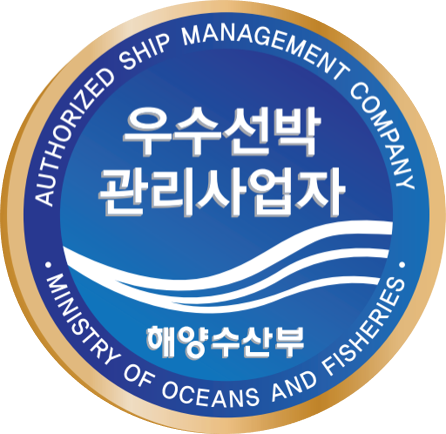BIMCO, ICS warn of serious potential officer shortage
페이지 정보
작성자 최고관리자 댓글 0건 조회 984회 작성일 21-07-30 18:32본문
BIMCO, ICS warn of serious potential officer shortage
by The Editorial Team
The new Seafarer Workforce Report from BIMCO and the International Chamber of Shipping warns that the industry must significantly increase training and recruitment levels, in order to avoid a serious shortage in the total supply of officers by 2026.
Namely, given the growing demand for STCW certified officers, the report predicts that there will be a need for an additional 89,510 officers by 2026 to operate the world merchant fleet.
T
he report also estimates that 1.89 million seafarers currently serve the world merchant fleet, operating over 74,000 vessels around the globe.
Furthermore, a current shortfall of 26,240 STCW certified officers is highlighted, indicating that demand for seafarers in 2021 has outpaced supply.
Although there has been a 10.8% increase in the supply of officers since 2015, this shortfall could be due to a reported increase in officers needed on board vessels, with an average of 1.4 officers required per berth
In addition, some officer categories are in especially short supply. In fact, there is a shortage of officers with technical experience especially at Management Level, and in the tanker and offshore sectors there is a reported shortage of Management Level Deck Officers.
The good news is that in the past five years the industry has made good progress in reducing officer turnover rates from 8% to 6%, retaining qualified seafarers and increasing the number of years that they serve at sea. Indeed, compared with estimates from the 2015 report, the average age of officers serving at Management Level and Operational Level has increased
the report says.
What is more, Guy Platten, Secretary General of the International Chamber of Shipping, believes that in order to meet the future demand for seafarers it is vital that the industry actively promotes careers at sea and enhances maritime education and training worldwide, with a focus on the diverse skills needed for a greener and more digitally connected industry.
This is especially important as we recover from the effects of the pandemic, and we will need to address the real concerns that we could see seafarers turning away from careers in shipping. We must analyse and respond to trends in seafarer retention, and continue regular monitoring of the global seafarer workforce, to ensure that the supply of STCW certified seafarers continues to keep pace with demand
The Report also focuses on diversity within the seafarer workforce, analysing a range of demographic data, including age, nationality and gender.
The latest statistics show that there is a positive trend in gender balance, with an estimated 24,059 women serving as seafarers, a percentage increase of 45.8% compared with the 2015 report.
Moreover, the percentage of female STCW certified seafarers is estimated to be 1.28% of the global seafarer workforce and it appears that there has been a significant rise in the number of female STCW certified ratings compared to STCW certified female officers, with female ratings found predominantly in the cruise ship and passenger ferry sectors. Female officer numbers are spread more evenly across the sectors.
- 이전글PAN JASMINE was ordered to leave U.S. waters 21.07.30
- 다음글Poor fuel management leads to salvage operation 21.07.30




